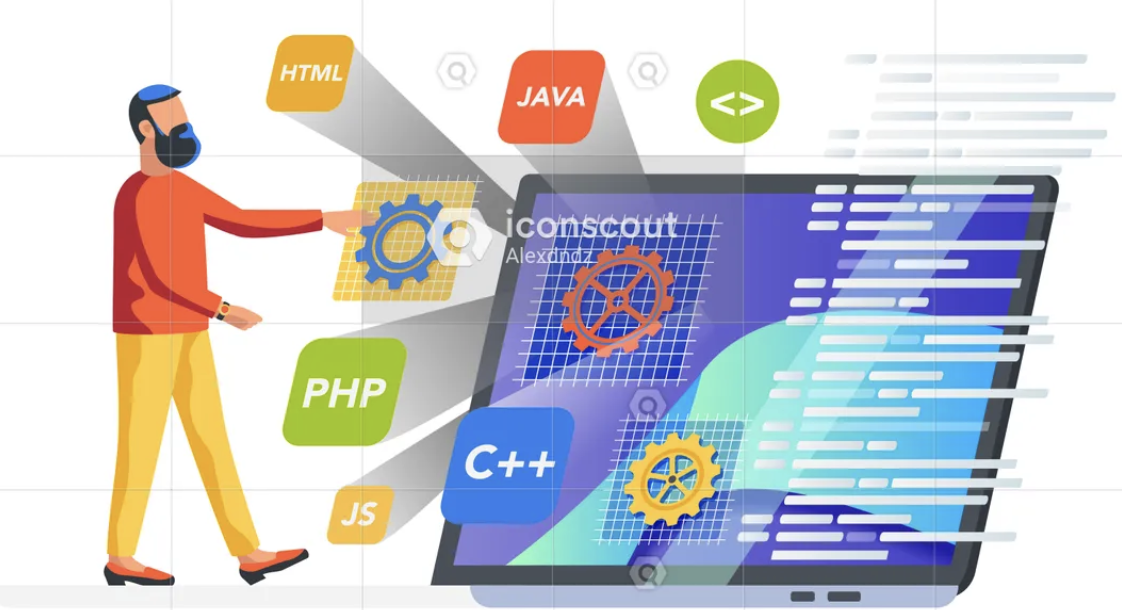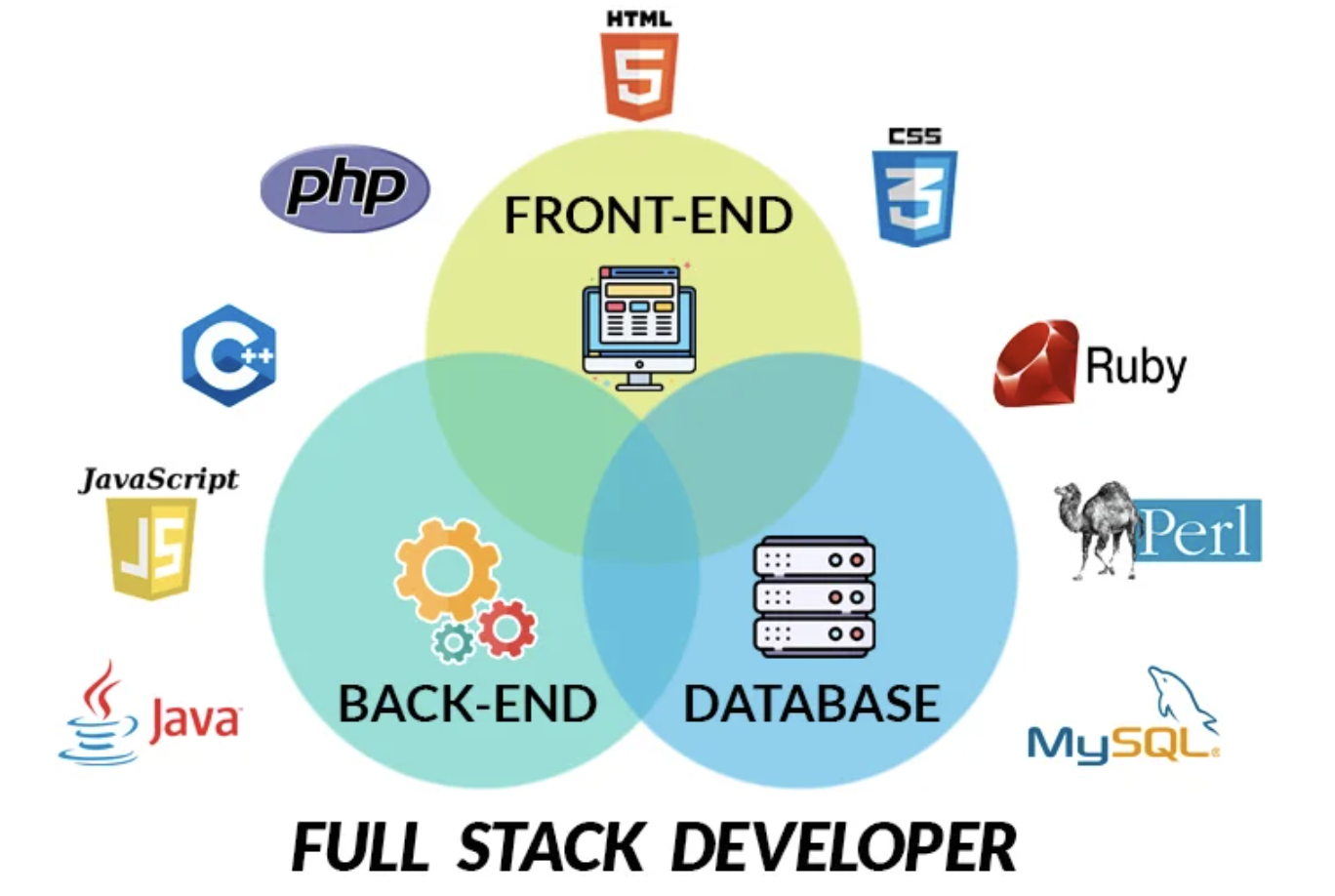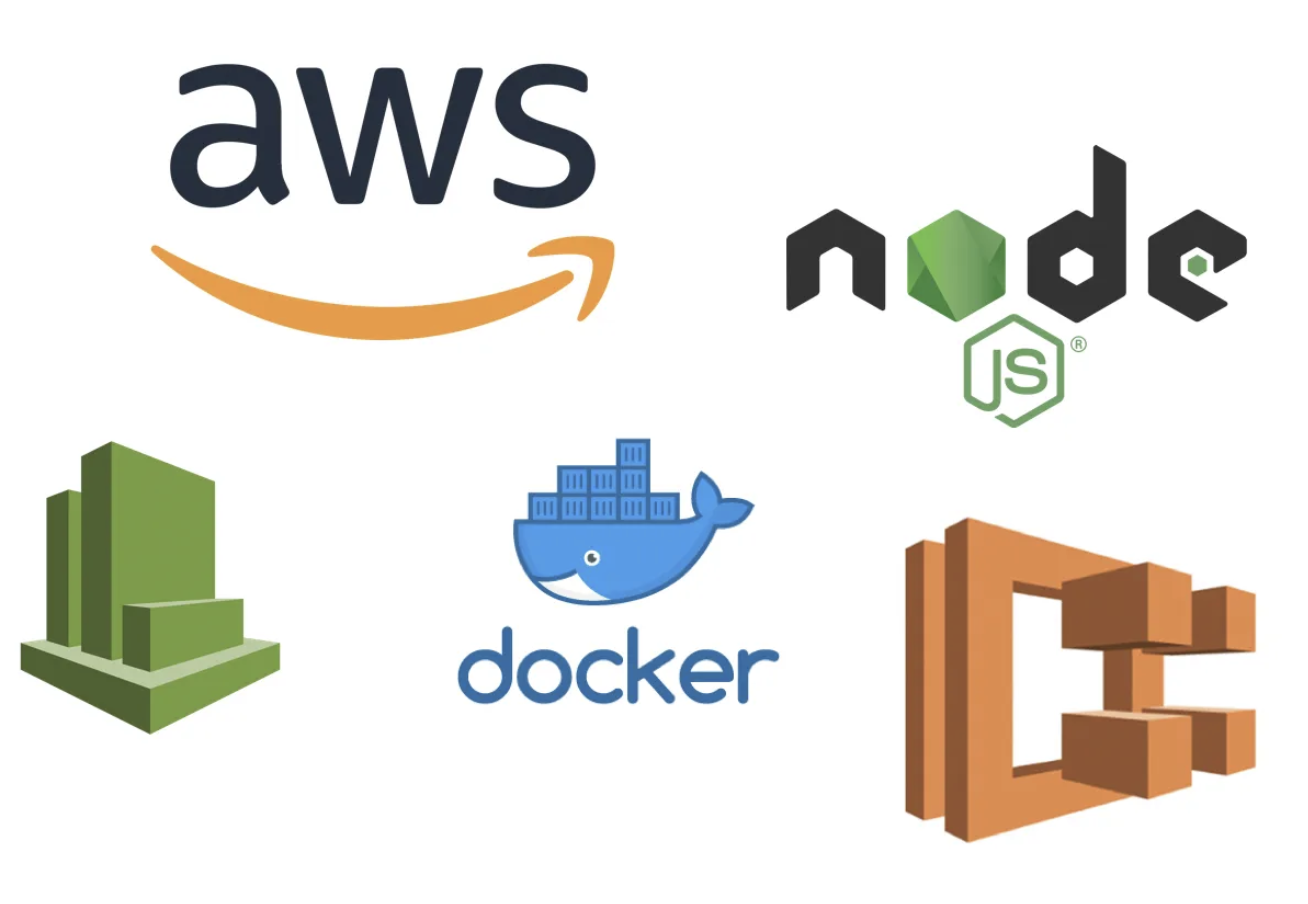The Art of Full Stack Development: Mastering Both Frontend and Backend
 Aryan Saxena
Aryan Saxena
Introduction
In today's fast-paced tech world, being a full stack developer means more than just writing code. It’s about crafting entire systems, understanding both the user experience and the server-side logic that brings an application to life. In this blog, I'll share insights into what full stack development truly entails, the skills you need, and how to stay ahead in this constantly evolving field.
1. What is Full Stack Development?
Full stack development refers to the ability to work on both the frontend and backend of an application. The frontend is everything the user interacts with, while the backend involves the server, database, and logic that makes everything work seamlessly behind the scenes.
Whether you're developing a sleek user interface or ensuring data flows smoothly between the frontend and the database, a full stack developer can handle it all. This dual capability allows for versatility and the potential to take a project from concept to deployment.
2. Key Skills for Full Stack Developers
To become a proficient full stack developer, you need a range of skills covering various technologies and methodologies. Let’s break it down:
Frontend: Familiarity with HTML, CSS, and JavaScript is essential. Modern frameworks like React, Vue.js, or Angular are commonly used to streamline the development process.
Backend: Understanding server-side programming languages such as Node.js, Python, Ruby, or PHP. In many cases, JavaScript frameworks like Express.js are popular choices.
Databases: Knowledge of SQL (MySQL, PostgreSQL) and NoSQL (MongoDB) databases, and how to structure, store, and retrieve data efficiently.
Version Control: Expertise in Git to manage codebases and collaborate with teams.
API Development: Proficiency in developing and consuming RESTful or GraphQL APIs to ensure the frontend and backend communicate effectively.

3. Tools and Technologies for Full Stack Development
Having the right tools in your arsenal can make development more efficient and scalable. Here are some essential tools for full stack developers:
Frontend: Tools like Webpack or Vite for bundling code, and Sass or Tailwind CSS for efficient styling.
Backend: Tools like Postman for API testing, Docker for containerization, and Cloudinary for handling media storage (especially for image-heavy apps).
Databases: ORM libraries like Mongoose (for MongoDB) or Prisma (for SQL databases) can speed up database operations.
Deployment: Services like Heroku, Vercel, or AWS allow full stack developers to easily deploy and scale their applications.

4. Challenges of Full Stack Development
One of the biggest challenges of full stack development is staying up to date with two fast-evolving areas: frontend and backend. Keeping up with the latest trends in frontend frameworks while understanding backend optimizations can be overwhelming. This constant learning curve requires dedication and a willingness to step out of your comfort zone.
Moreover, balancing both sides can lead to a lack of specialization in either the frontend or backend, so full stack developers often need to decide where to focus depending on project requirements.
5. Why Full Stack Developers are in High Demand
Businesses today are looking for developers who can wear multiple hats. Full stack developers can handle both frontend and backend tasks, which makes them incredibly valuable to small teams or startups. Their ability to see the “big picture” allows them to build complete systems without the need for extensive handoffs between teams.
This versatility not only saves time but also enables more agile development, resulting in faster iterations and deployments, which is crucial in today's competitive market.

6. Tips for Aspiring Full Stack Developers
Start with the Basics: Master the core concepts of web development—HTML, CSS, and JavaScript—before diving into frameworks.
Learn Both Frontend and Backend: Start small, like building a personal blog or portfolio, and gradually work on more complex applications.
Build Projects: The best way to learn full stack development is through practical experience. Build side projects to test and refine your skills.
Stay Updated: Subscribe to newsletters, join developer communities, and follow industry leaders to stay current with the latest trends.
Collaborate: Contribute to open-source projects, participate in hackathons, or freelance to gain experience working with real-world systems.
Conclusion
Full stack development is a rewarding and ever-evolving field that challenges you to be both creative and logical. With the right skills, tools, and mindset, you can build applications that not only look great but also function efficiently at scale. The key is to keep learning, keep building, and stay curious.
Call to Action: If you're an aspiring or seasoned full stack developer, feel free to connect with me on Hashnode and share your journey. Let’s build something amazing together!
Closing
By mastering both frontend and backend development, you can take your skills to the next level and become a valuable asset to any project. Whether you're developing personal projects, freelancing, or contributing to open source, being a full stack developer opens endless possibilities.
HAPPY CODING!!!!
Subscribe to my newsletter
Read articles from Aryan Saxena directly inside your inbox. Subscribe to the newsletter, and don't miss out.
Written by
